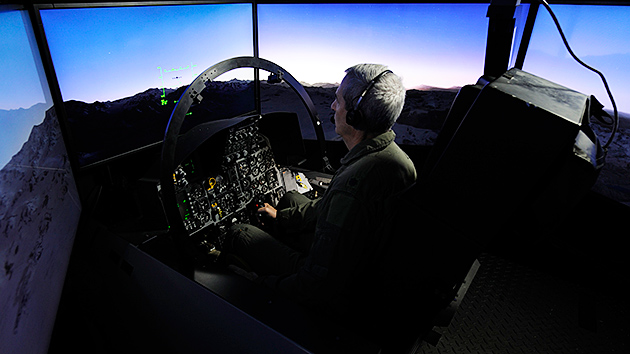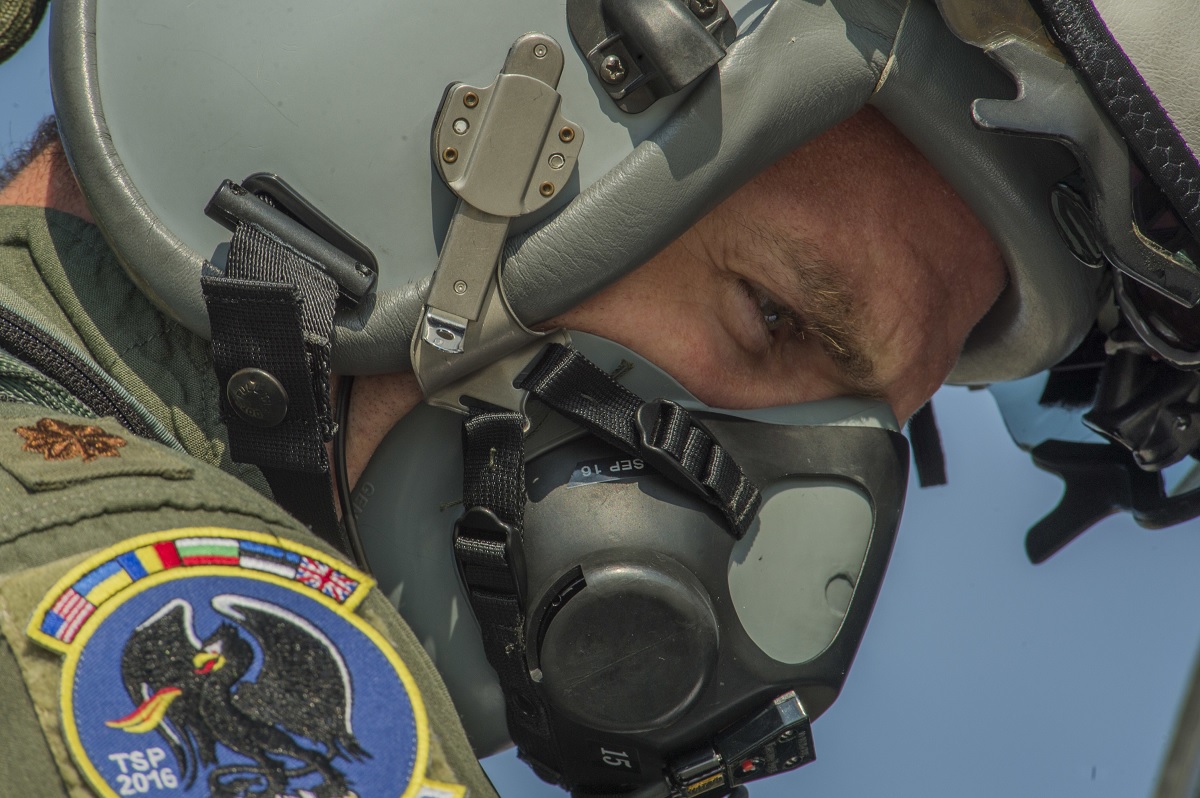These simulators have a significant pricing advantage over actual F-15C flights, costing less than 1% of what an actual flight would normally cost
The Tyndall Air Force Base (AFB) 337th Air Control Squadron (ACS) engaged in more intelligent operations for less expensive training expenditures to launch a jet, fly a limitless number of hours, and engage thousands of enemies.
All of this is possible because of the 337th ACS’s four F-15C Eagle training simulators, which offer adaptable, economical operations. In his piece, “F-15C simulators provide low-cost, critical training,” Senior Airman Dustin Mullen of the 325th Fighter Wing Public Affairs noted.
“The F-15C simulators, officially called Full Mission Trainers, belong to the Air Education and Training Command, and primarily support Undergraduate Air Battle Management training conducted by the 337th,” pointed out Martin Schans, 337th ACS civilian supervisor.
Notably, the simulators teach not only the 337th ACS but also the 95th and 43rd Fighter Squadrons, the 53rd Weapons Evaluation Group, and different international units, including partners from other countries. The price difference between these simulators and a real F-15C fly, which is less than 1% of the usual cost, is a significant advantage.
“There are numerous ways to determine cost per flying hour, but the widely accepted methods put the cost for the Eagle at $17,000 per flying hour,” Schans said. “The simulators cost $1.2 million to operate each year. In 2016, that made cost $230 per hour.
“The previous visual system was over 20 years old,” added Schans. “Component failure rates were increasing, and replacement parts were getting very expensive.”
Thus, investing in updated visual systems for the simulators was necessary to give the pilots a more realistic experience.
“The new flat-panel television screens provide more than 50 percent of the previous visual coverage and 90 percent of the important areas, in very high resolution,” Schans said. “This upgrade reduces upkeep/repair costs by $400,000 each year.”
Simulators can also offer adaptable training environments.

“When units use our FMTs, they can control the weather and time of day which can impact tactical decisions,” Schans said, “They choose whether to have all the aircraft systems working, or to have some of the systems inoperative. In the FMT we can provide countless adversary aircraft and surface-to-air missile threats, and in the FMT, you never have to quit because you are out of fuel.”
Tyndall’s own F-22 Raptor simulators can be found among the numerous simulators that can be found in the virtual world these Eagles operate in, enabling teams from all around the world to fly together without ever leaving their homes.
“The way we connect our FMTs to the F-22 simulators is through the Distributed Training Operations Center located in Des Moines, Iowa, and run by the Iowa Air National Guard,” Schans said. “The DTOC allows multiple units to participate in the same simulation environment to practice the integration of forces.”
The Air Force Air Battle Management students who regularly pass through the 337th ACS receive mission training from these simulators.
“In the controlled environment of simulated missions, we can control the pace at which tactical problems are introduced to the student ABMs,” told Schans. “The scenarios are built with command and control as the only focus. When you compare this to a live fighter aircraft training mission, the scenario is centered on the pilots’ training requirements, and the ABM gets whatever training he or she can along the way.”
According to Schans, the simulations let each mission to be customized to provide the ABM at the controls with the greatest training possible.
“There are no substitutes available for the 17 simulated missions each student accomplishes with the FMT,” Schans said. “[Without it], the ABM students would be far less capable when they graduate. This would increase the training burden on their follow-on units.”
Given that modern aircraft warfare necessitates a vast amount of airspace and training, there would be numerous operational components involved. Because of this, daily execution of such training is not financially viable. Full Mission Trainers (FMTs) allow the U.S. Air Force (USAF) to accomplish its training goals in a cost-efficient and mission-focused way by enhancing real flight training.
Furthermore, FMTs are efficient training tools that help both novice and seasoned pilots become comfortable with new operating procedures and the features of the newly assigned aircraft.

Photo by Staff Sgt. Joe W. McFadden / U.S. Air Force and Boeing

